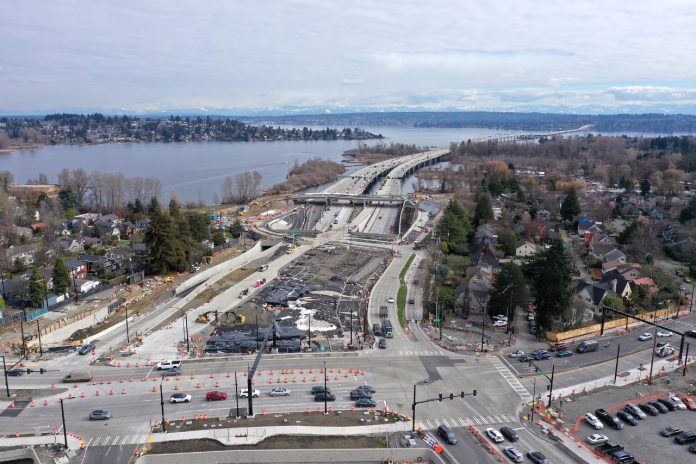
Last week, Governor Jay Inslee affixed his signature to an update to the state’s transportation budget through mid-2025, capping off a hectic legislative session around the issue of transportation funding. It was the final transportation budget that Inslee will ever sign, and was notable not for any new initiatives or projects but for an intense focus on ensuring that projects that had already been started (some long ago) remain on track.
Even in the face of significant other challenges the state is facing, including a titanic backlog of maintenance on existing infrastructure and an ongoing, escalating safety crisis on Washington’s roadways, the highway megaprojects will keep moving, but there’s trouble brewing on the horizon on multiple fronts.
Long-promised highway expansion projects have long been the predominate priority in Washington’s transportation budget, but this year it looked like the legislature might have to reckon directly with some tough choices, as costs on the largest projects have continued to escalate, given the relatively small number of contractors able to tackle the biggest jobs and competition with other agencies like Sound Transit.
Directly in the crosshairs was the final piece of the replacement of the SR 520 bridge across Lake Washington, which has been under construction since 2011. When bids came in for Seattle’s Portage Bay Bridge and Roanoke Lid, which will replace two seismically-vulnerable bridges between I-5 and Montlake and add a highway cap in North Capitol Hill, they were more than $500 million over original estimates, forcing the Washington State Department of Transportation (WSDOT) to extend the bid process in hopes of finding the extra funding during the state legislative session.
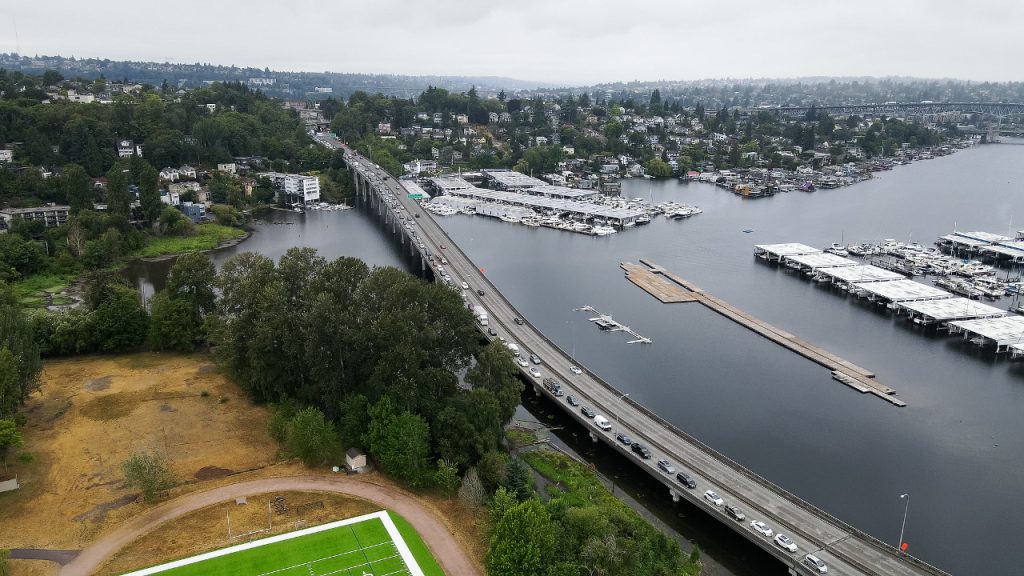
But the House transportation budget, stewarded by Representative Jake Fey (D-27, Tacoma), proposed instead to indefinitely postpone construction of both the highway lid and the southernmost bridge over Portage Bay, which would carry an extension of the 520 Trail, in order to fund other transportation priorities. It was a rare reckoning with the tremendous costs of the highway projects the state has committed to, but ultimately would have been borne by Seattle residents and those looking for more multimodal travel options. The proposed Senate budget, on the other hand, did propose to prioritize the Portage Bay project and keep it on track.
In the end, the Senate’s path prevailed, and the budget Inslee approved includes an additional $52 million for the project in this biennium, enough to allow WSDOT to be able to move forward with signing its contract, with the rest of the cost increases coming due in future years. That means that the project will be able to advance close to its original schedule and fully wrap up around 2030, as opposed to a phased approach that would likely make the project stretch toward 2040, if the highway lid wasn’t dropped altogether. (It also almost certainly means Montlake is getting its new hotly-debated highway signs.)
The 520 project wasn’t the only one that needed attention. The legislature had started the 2024 session already behind the eight ball, needing to find funds to make up for cost increases on a widening of I-405 along a 4.5-mile stretch near Bothell. That project, joined at the hip with Sound Transit’s I-405 BRT project — saddled with its own cost increases — faced a contract deadline, with legislative leaders taking the unusual step of giving the go-ahead while out of session entirely. In the end, the budget assumes a total expenditure of $253 million more to get the project done.
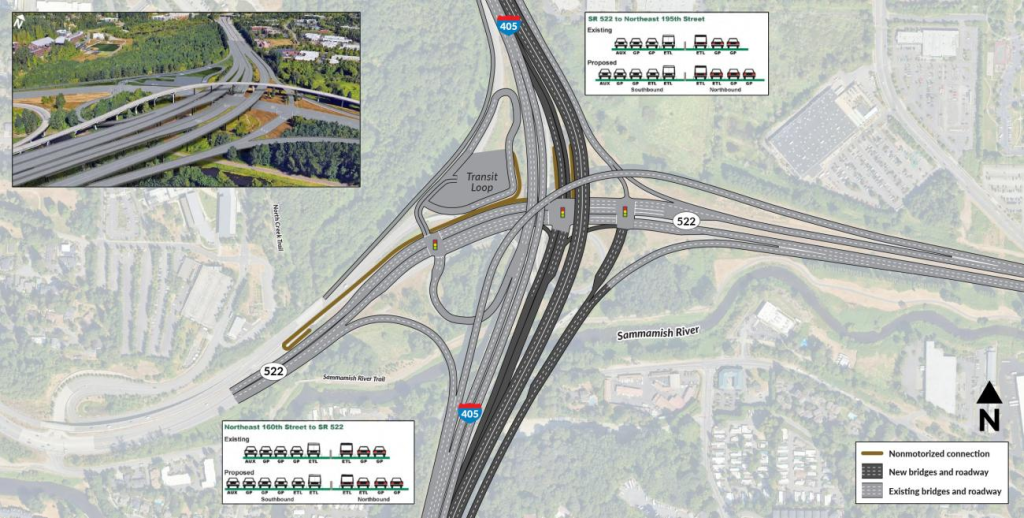
Also included is another $21 million for the SR 167 “completion” project in Pierce County, an amount that is fairly insignificant for a $2.6 billion overall program, which also includes “completing” SR 509 in South King County. However, $21 million would be a meaningful amount on many transportation projects of the non-mega variety, such as bike and pedestrian facilities.
All of these highway projects are long-term ones, and deciding to move forward means making commitments that impact the state budget for years to come. While the budget for the current biennium is balanced, the longer-term forecast is dicey.
The financial projections for the 2027-2029 budget shows expected shortfalls across multiple funding streams that impact WSDOT, including a deficit of over $550 million in the Move Ahead Washington account, the one responsible for funding most of the projects identified in the 2022 transportation package of the same name. In all, the amount to be made up totals approximately $766 million. Those totals are unlikely to be met by any rebound in state gas tax revenues, which haven’t been able to keep up with inflation in recent years and are expected to continue to fall behind.
But because most of these projects have already been committed to, and their contracts executed, it won’t be as simple as cancelling or scaling them back later, and it will likely be the smaller ticket items — transit, bike, and pedestrian projects — that get the short end of the stick if new revenue fails to materialize.
WSDOT Secretary Roger Millar, in a briefing on the budget last week at the Puget Sound Regional Council, explained where things are at from his perspective. “We have a route forward with Portage Bay, the funding is there in 23-25, but there is a lot that has to be done to get the funding together in 25-27 and 27-29 to bring that project and other projects home,” Millar said. “They’ve made a bunch of commitments in this biennium budget that set them up for other commitments that they really don’t have the answers to yet.”
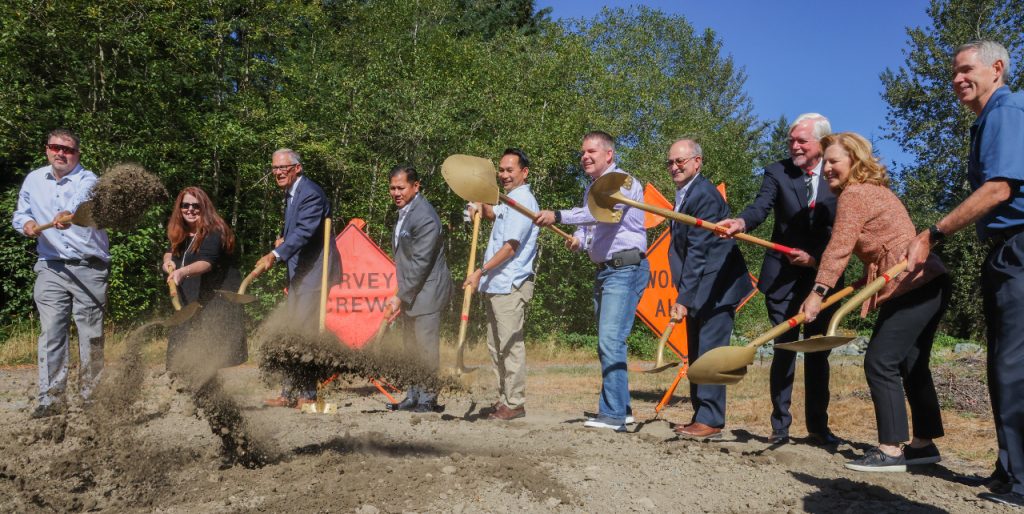
Along with keeping all of those projects on track, the budget does include an additional $100 million for highway preservation, but that amount is dramatically less than what WSDOT reports as its highway preservation needs. This adds another ticking time bomb with real-world implications: as the larger the backlog grows, the more frequent emergency repairs become — which cost more per incident overall — and the state faces the very real possibility that highway facilities need to be shut down because they can’t be maintained.
“We got $100 million for preservation, and I appreciate every one of those dollars… We needed a billion a year, ” Millar said. “We needed $2 billion in the biennium. That is unfunded preservation. That becomes a part of our $19 billion preservation backlog right now.”
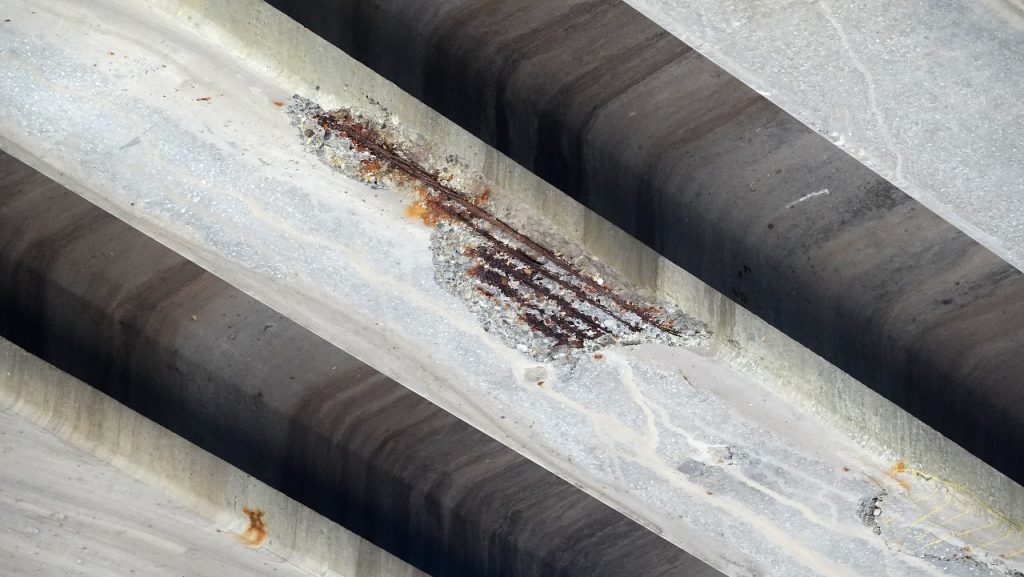
Reducing that backlog is also likely to be one of the most effective ways to make progress on traffic safety, thanks to the new Complete Streets mandate, which requires most maintenance projects include things like bike, pedestrian, and speed-reducing infrastructure. Instead, the legislature touted $8.5 million, mostly in federal dollars passing through the state, for “public education and enforcement efforts” intended to improve traffic safety statewide.
Millar was clear-eyed about the incentives that exist at the legislature to focus on high-profile expansion projects to get a comprehensive transportation package through to passage, work that has set budget writers up for years of follow-through.
“The legislative leadership understands the needs in the preservation and maintenance space, they understand the needs in the safety space,” Millar said. “But when Connecting Washington and Move Ahead Washington, and all the way back to the Nickel and TPA [transportation funding packages], the way politically you get a package passed is you offer people projects, you make commitments. And living up to those commitments in this era of cost escalation, of supply chain issues, of staffing shortages, and the rest of it has become very, very, very expensive.”
It’s not clear that Washington State will be able to break out of that cycle any time soon.
The impending threat of I-2117
On top of those issues facing transportation budget writers is another looming threat to the WSDOT budget: Initiative 2117. One of three revenue-related initiatives set to be on Washington voters’ ballots this fall, I-2117 would repeal the state’s signature climate law, 2021’s Climate Commitment Act (CCA). The CCA established the nation’s second cap-and-trade program for carbon emissions (after California) and funds from quarterly carbon auctions are invested by the legislature back into programs intended to reduce emissions.
Since on-road transportation emissions are the state’s biggest single source, WSDOT receives a huge portion of those funds, and the repeal of the CCA would destabilize the entire transportation budget.
Proponents of the initiative, including the Senate’s Republican caucus, argue that it won’t impact the state transportation budget, a position that’s fairly nonsensical even as it’s deliberately misleading. Only future spending is impacted, they argue, and the funds from the CCA can only be spent on “green” projects which obviously don’t include highway projects. But removing any ongoing revenue source from WSDOT’s budget, even one with fairly stringent guardrails like CCA funds, will prompt re-prioritization across the budget.
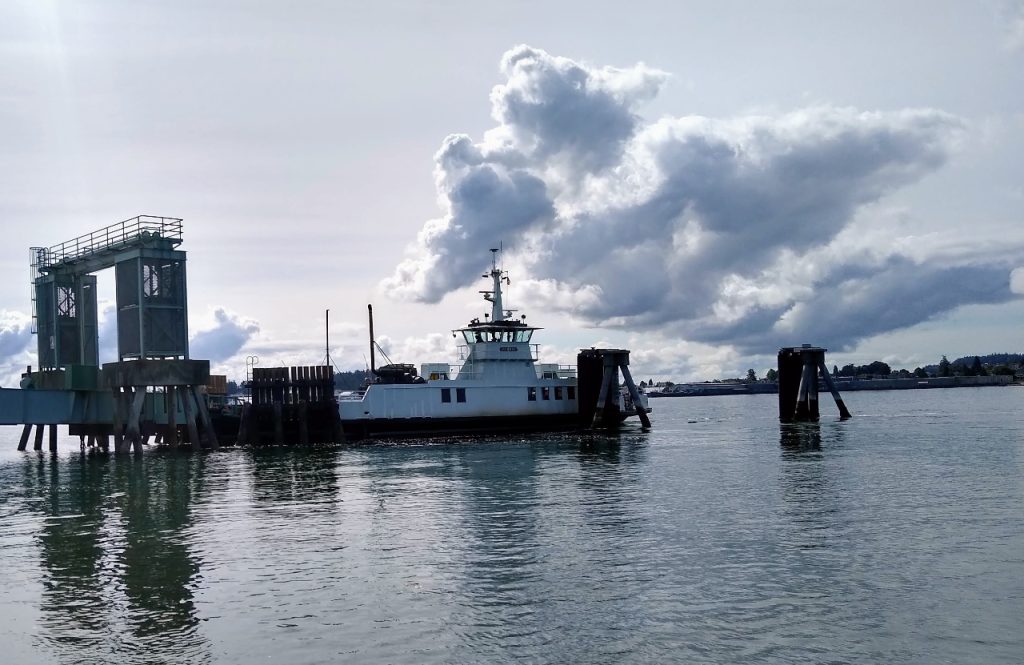
Climate Commitment Act dollars were one of the only bright spots in this year’s transportation budget update, with an additional $324 million able to be invested in projects, with a caveat that if I-2117 passes, those projects get dropped entirety from the budget. That includes a wide range of investments, ranging from $10 million to help replace the diesel ferry between Anacortes and Guemes Island, to $4 million to design safety improvements to Aurora Avenue N in Seattle, to $800,000 for battery electric fire trucks in Redmond and Bellevue.
“If it goes away, then everything is going to be on the table and the appropriators are going to have to think about what do we appropriate with the money we have remaining, and the restrictions on that money,” Millar said. “So I don’t think anybody’s project is free and clear, because it’s not directly associated with the Climate Commitment Act. I think the transportation budget, in that world, it’s all on the table.”
Defusing all of these issues won’t be easy and will likely take many years, but the question for this fall is whether voters will make the decision to willingly light the match.
Ryan Packer has been writing for The Urbanist since 2015, and currently reports full-time as Contributing Editor. Their beats are transportation, land use, public space, traffic safety, and obscure community meetings. Packer has also reported for other regional outlets including Capitol Hill Seattle, BikePortland, Seattle Met, and PubliCola. They live in the Capitol Hill neighborhood of Seattle.


